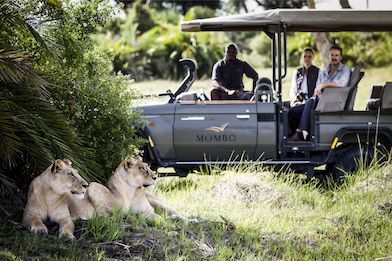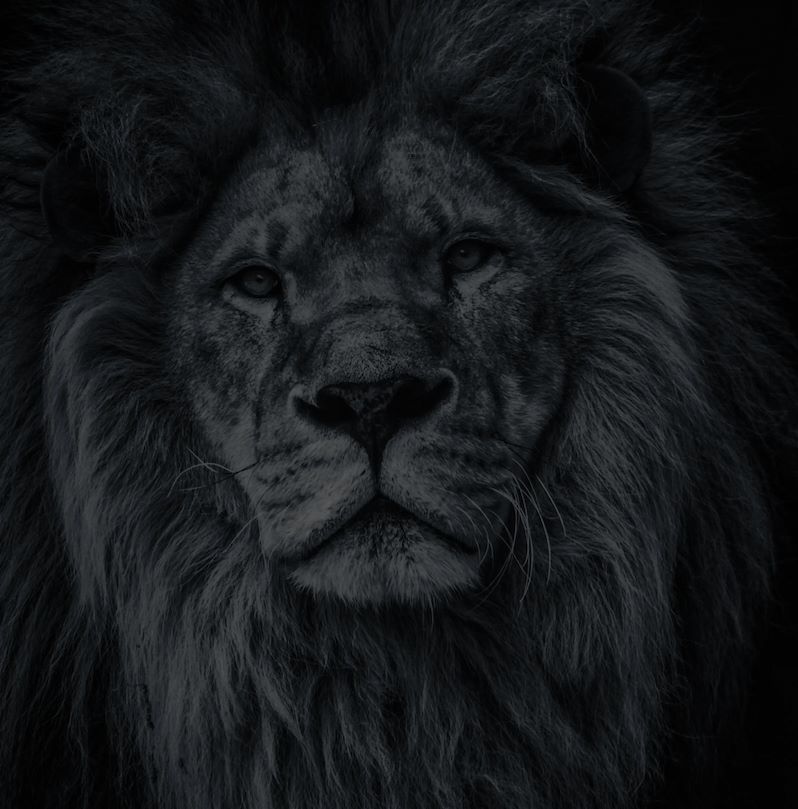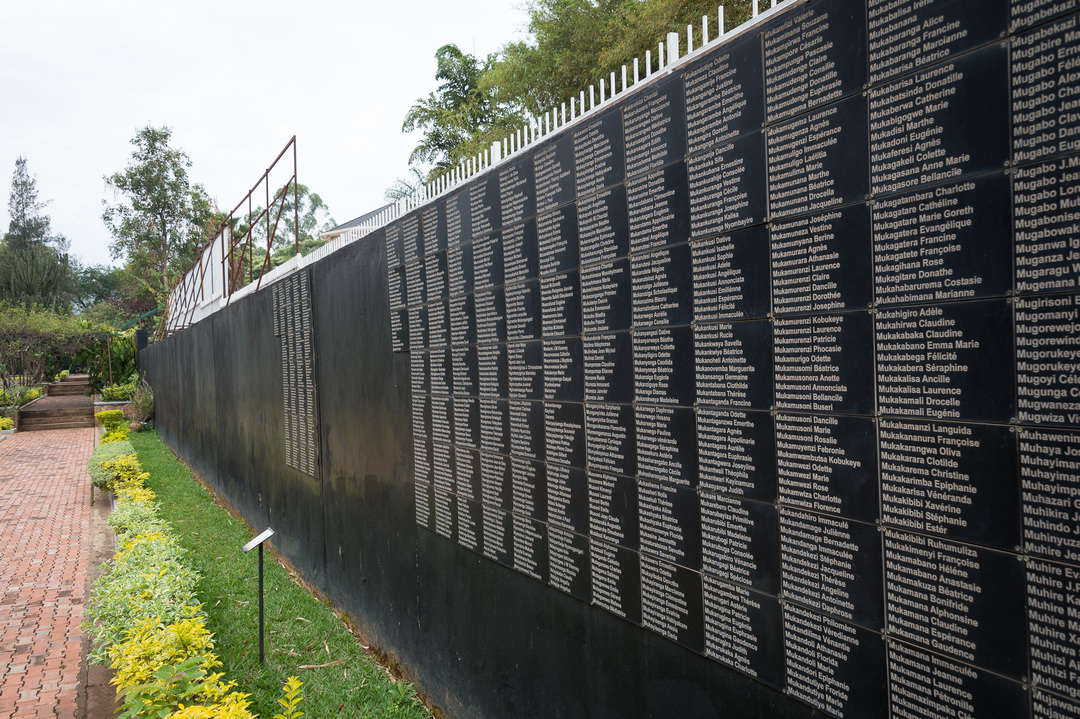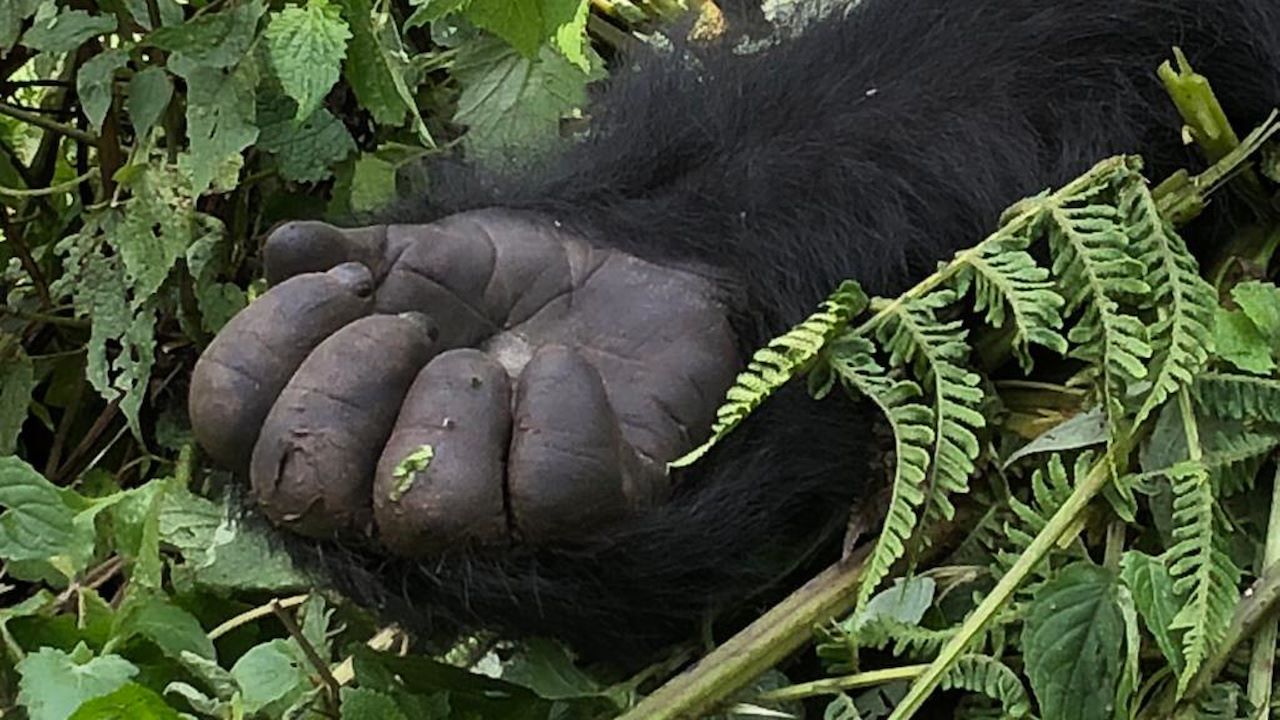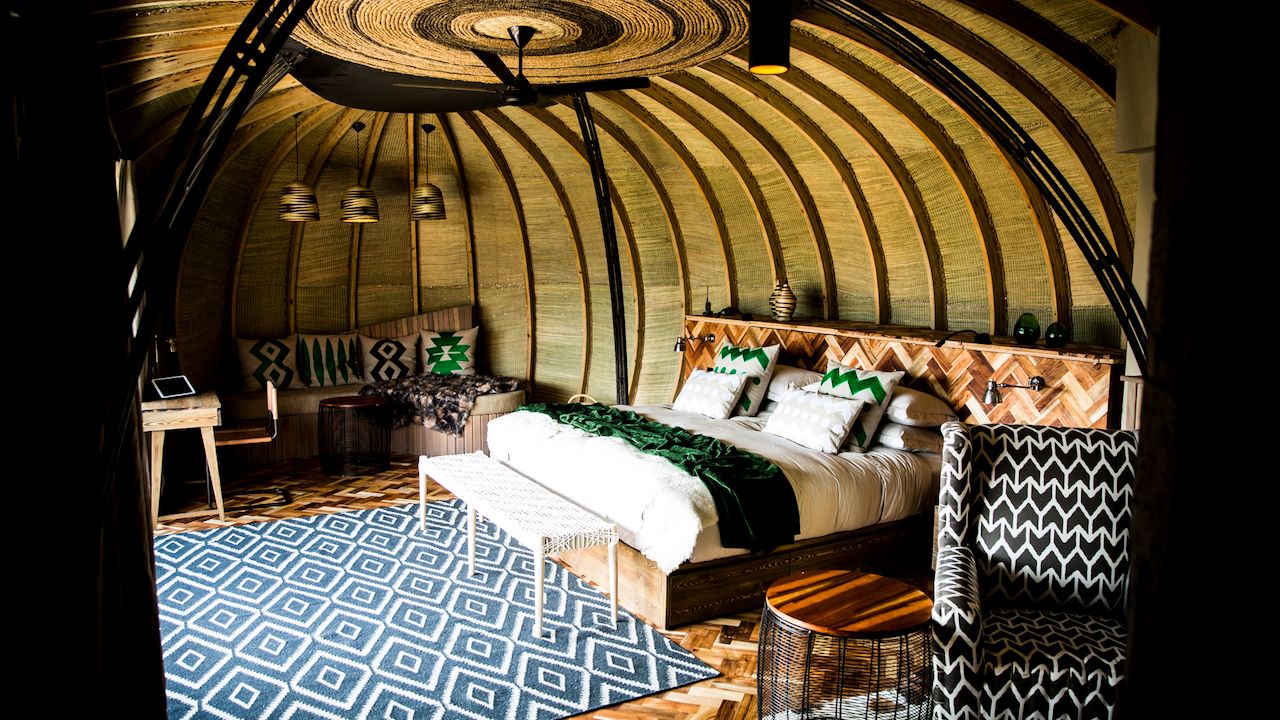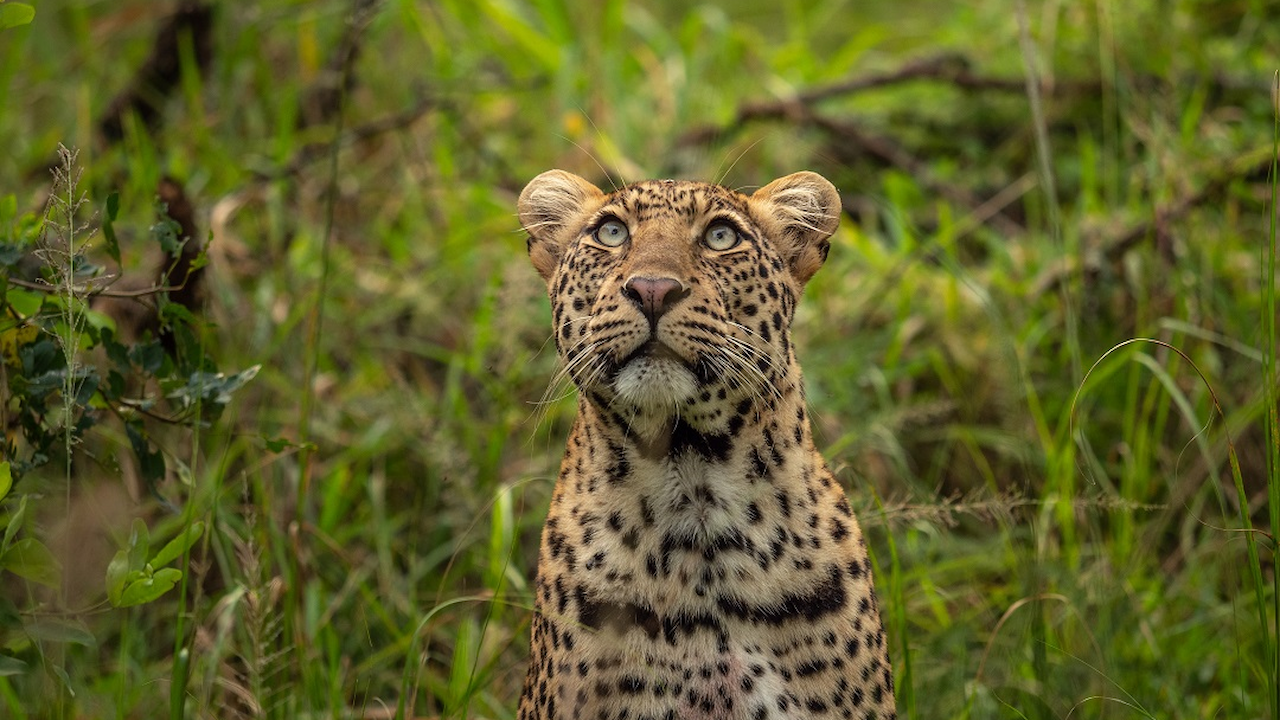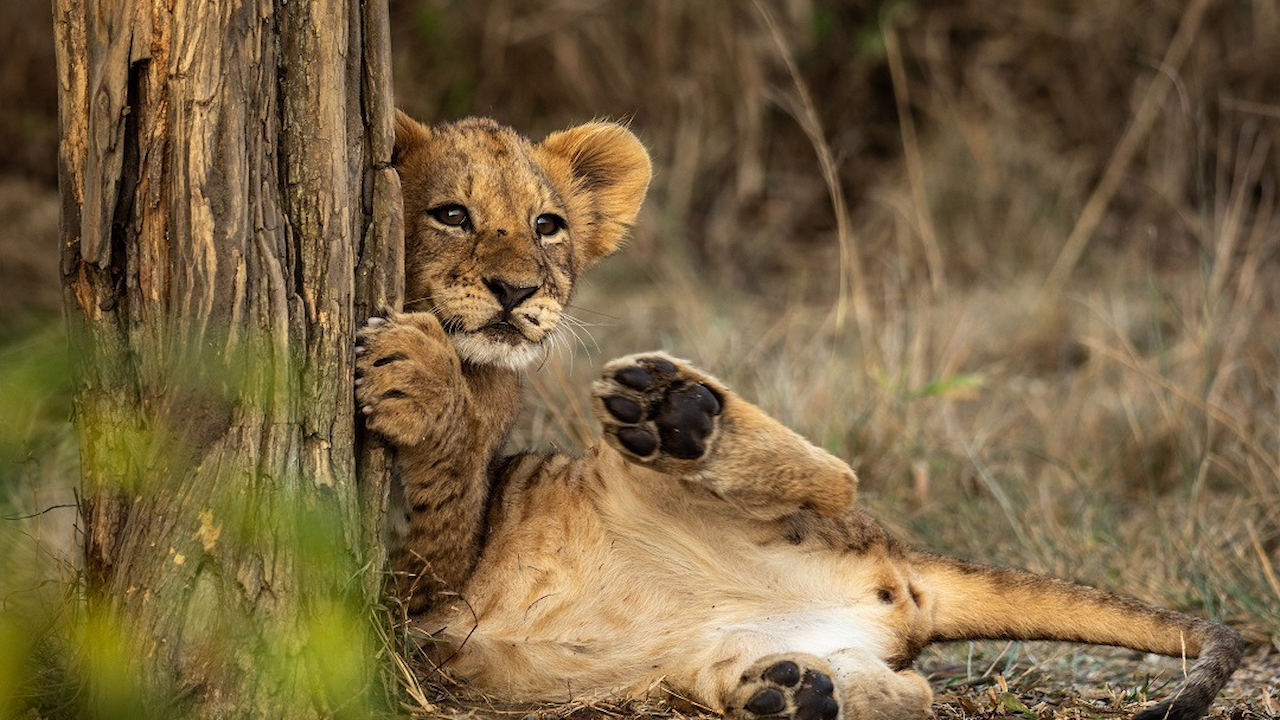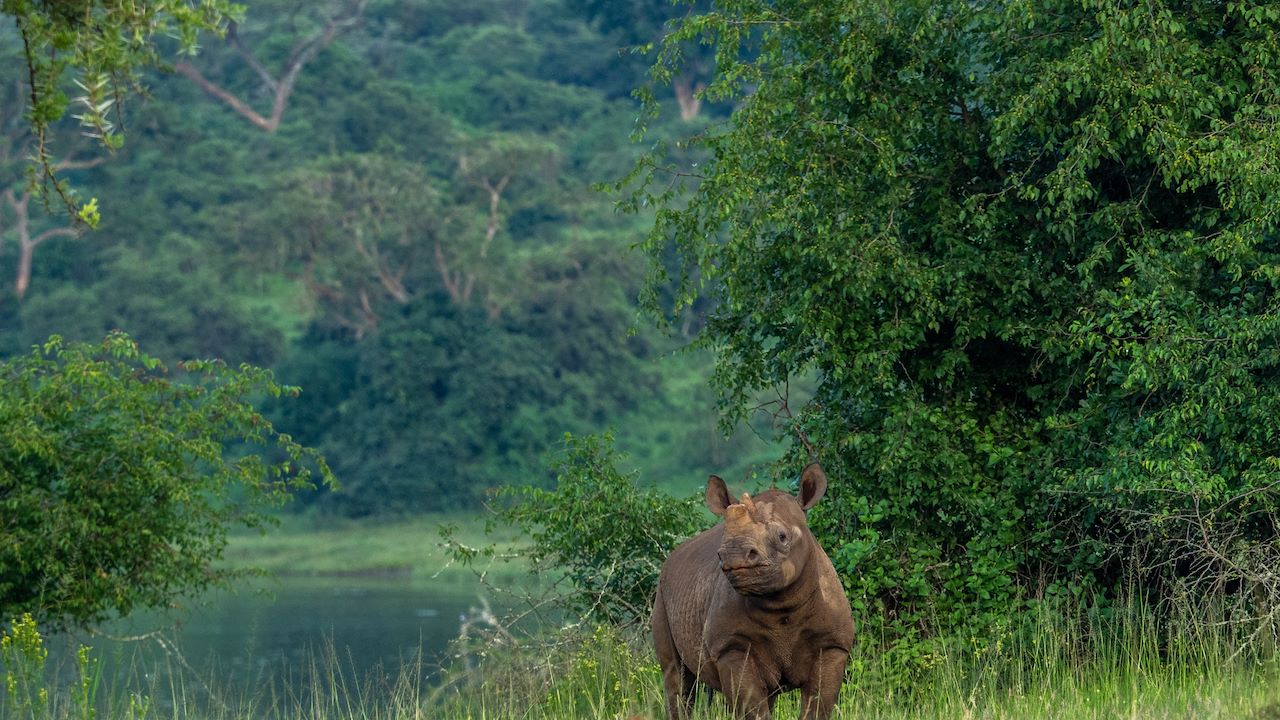Day #3, Hike #3: Dian Fossey Gravesite and Karisoke ruins. This was a pilgrimage to honour the fiercely brave primatologist murdered in her fight to save the mountain gorilla. We started off on a sunny, cool morning for the ruins of Karisoke, Fossey’s research station from 1967 till her death in December 1985, and her grave there alongside ‘her’ beloved gorillas. My guide was the legendary Francois Bigirimana, who worked with Fossey in the eighties and today is President Paul Kagame’s guide of choice, known as ‘the silverback’ and renowned for his gorilla vocalisations. ‘I liked Dian’, he confessed. ‘Though she liked gorillas more than people’.

Francois took these two young Rwandan women under his wing halfway up the Fossey trail; they’d given up climbing Bisoke volcano with another group.
Accompanied by three armed soldiers and a porter, we started the steep ascent, a rocky path quickly turning into the forest’s formidable, trenchlike muddy one. Halfway up, at roughly 1 500 metres, we picked up two young Rwandan women who’d abandoned the strenuous Bisoke hike. Each following the person in front of us, stepping into their deep, mucky bootprints, we finally made it to what was left of Karisoke – in the saddle between Karisimbi and Bisoke, hence the name. The air was thin, the ruins in the jungle haunting.

Murdered in December 1985, Fossey lies buried alongside gorillas killed by poachers amidst the ruins of Karisoke, destroyed in the civil war leading up to the genocide in 1994.
The place was destroyed and ransacked, Francois said, in the civil war leading up to the genocide. The soldiers reverently swept the leaves off the gravesites, and we placed yellow wildflowers on Fossey’s grave – next to her most beloved Digit, slaughtered by poachers on New Year’s Eve in 1977. On our gruelling descent, I virtually mudboarded, using my walking stick as a catapult, repeatedly falling. Miraculously, after more than seven hours battling the mountain, mud, and altitude, I made it. ‘You are very strong’, Francois said over and over, appreciating my being his senior at 65. ‘You are Nyiramachabelli’, calling me what locals called Fossey in admiration of her strength, her courage: ‘the woman who lives alone in the forest’.

A young Rwandan woman places wildflowers on the grave of Digit, Fossey’s most beloved gorilla, slaughtered by poachers on New Year’s Eve, 1977. He lies next to Fossey.
Another park in Rwanda confirms that the country is more than ‘the two Gs’, ie Gorillas and Genocide. Akagera National Park, on the border with Tanzania, tells a story of hope and healing. Home to Magashi, Wilderness Safaris’ newest camp in Rwanda, Akagera was ravaged by poachers, civil war, and returnees coming back after the genocide and settling there with their cattle. But today it boasts iconic African wildlife; land and water-based game viewing; lovely, gentle hills and rolling savannah; lakes and wetlands; a wide range of game; and a sensational variety of birds. Thanks to a joint rehabilitation programme between the Rwandan government and non-profit partner African Parks, over the last ten years Akagera has reintroduced lion and rhino, roaming the park along with other plains game; it’s become known for its predator sightings. Hailed internationally, Akagera is considered a model of regeneration – much like Rwanda itself.



